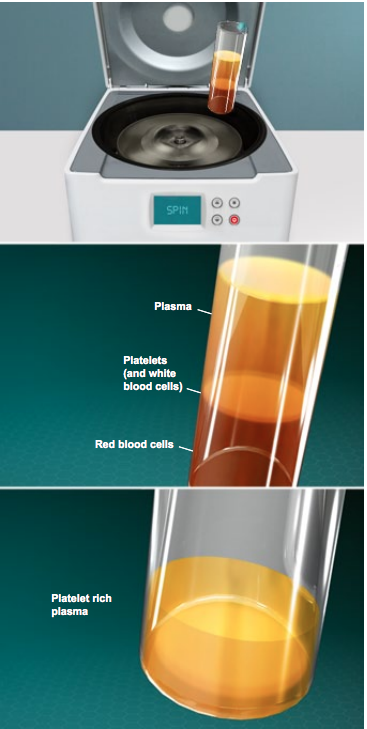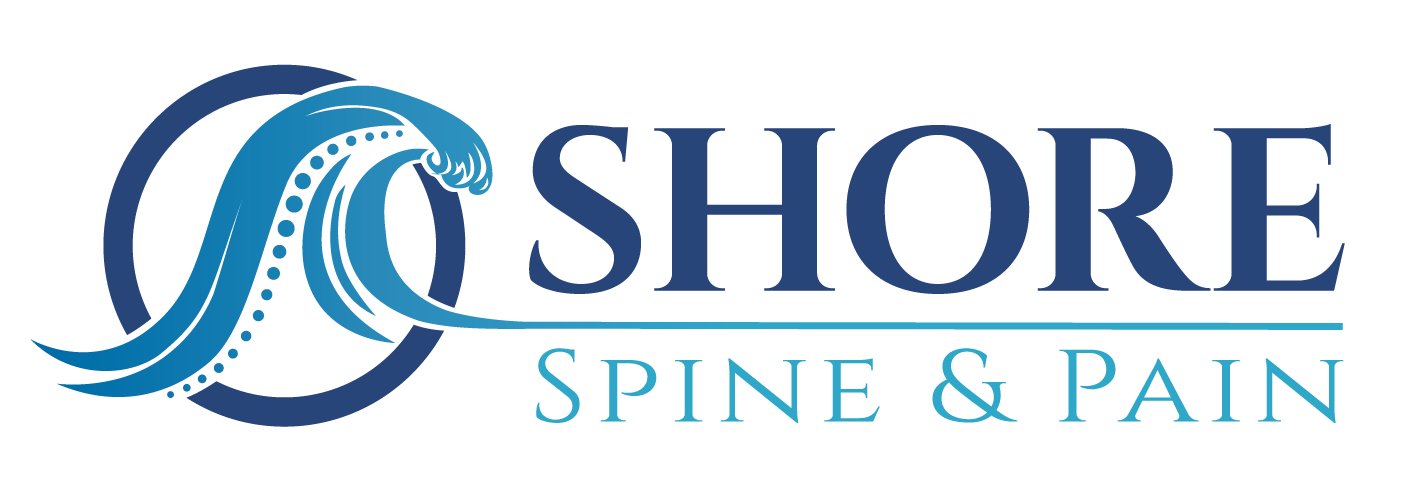Overview
Platelet rich plasma therapy can help injured joints and other problems. It uses parts of your own blood to reduce pain and speed up healing.
Can it Help Me?
PRP may help if you have: meniscus tears in your knee. Rotator cuff tears in your shoulder. Plantar fasciitis in your foot. And injuries in your spine, hip or elbow.
Benefits of PRP
Parts of your body have a hard time healing. For example, ligaments and tendons (they connect bones and muscles) don’t get much blood from the body. Sprains and strains of these tissues heal slowly. PRP uses your own blood to speed up the healing in these areas.
Creating the Mix
The process begins with a sample of your blood. It is spun around in a centrifuge. This separates it into platelets, plasma, and red and white blood cells. The platelets are then concentrated and mixed with some of the plasma. This mixture is called “platelet rich plasma.” The doctor injects this into the site of your injury.
Injection
After the injection, your immune system (the system that keeps your body healthy) reacts quickly. Special white blood cells called “macrophages” rush in. They take away damaged cells. They help prep the site for healing. Then, stem cells and other cells begin to multiply. Over time, they repair and rebuild the injured tissues.
Conclusion
The PRP process is quick. You can go home the same day. It may help your injury heal faster. PRP can help treat and eliminate the cause of your pain. Some people need more than one treatment before they heal completely.
Video Overview

